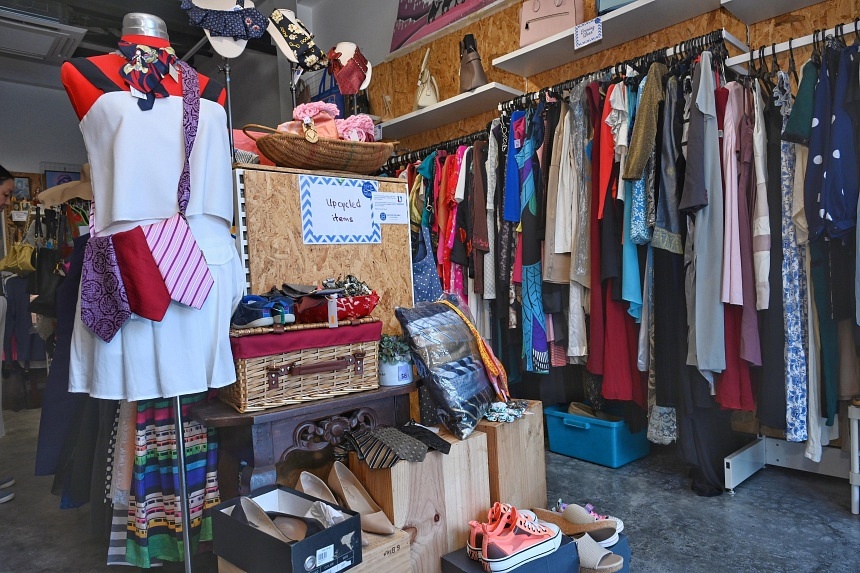SINGAPORE – New-age thrift stores here have come under scrutiny in recent months after several were accused of masquerading new clothes from fast fashion sources as second hand.
Fast fashion refers to low-quality apparel that is rapidly produced to follow current industry trends.
Stores selling a mix of new and second-hand clothes fought back against the allegations, saying they had never claimed to be thrift stores – despite many shoppers assuming so.
The incidents sparked two questions within the community: What is the true definition of “thrift”? And have the once-noble motivations of thrifting gone awry?
The evolution of thrifting
Several patrons of thrift shops The Straits Times spoke to, who have been thrifting for at least five years, remember a time when these were meant to provide those with lower incomes affordable second-hand items.
Thrift stores were traditionally charity shops such as The Salvation Army, which sold donated items, or eclectic ones lining old malls with piles of second-hand clothing.
Thrift shops later gained momentum with younger folk, especially the environmentally conscious, as an affordable means to reuse existing clothes and reduce waste generated by the fashion industry.
Most thrifted clothes traditionally sell for under $5 per item.
On occasion, there are gems, such as vintage pieces, hidden within the heaps of unsorted clothing. Long-time thrifters herald this as one of its biggest draws.
“There’s definitely more digging you need to do, but I enjoy the hunt and it makes finding something good that much more special,” said fashion undergraduate Ho Swee Chin, 20.
The caveat? It is time-consuming to embark on this “treasure hunt” to unearth them.
But those who are newer to the game, while appreciative of the thrifted aesthetic and its social goals, view the hunt as more of a pain point.
Event coordinator Ashley Phoon, who has been thrifting for a year, said she hardly visits traditional stores as she gets overwhelmed by the amount of clothes.
“I don’t have the time and patience to sift through every item one by one,” the 25-year-old said, adding that she admires those who score good finds.
Instead, she leans more towards what is known as “curated thrift”.
Such stores offer carefully curated second-hand apparel, which tend to be pricier due to the lengths owners go to handpick each piece.

